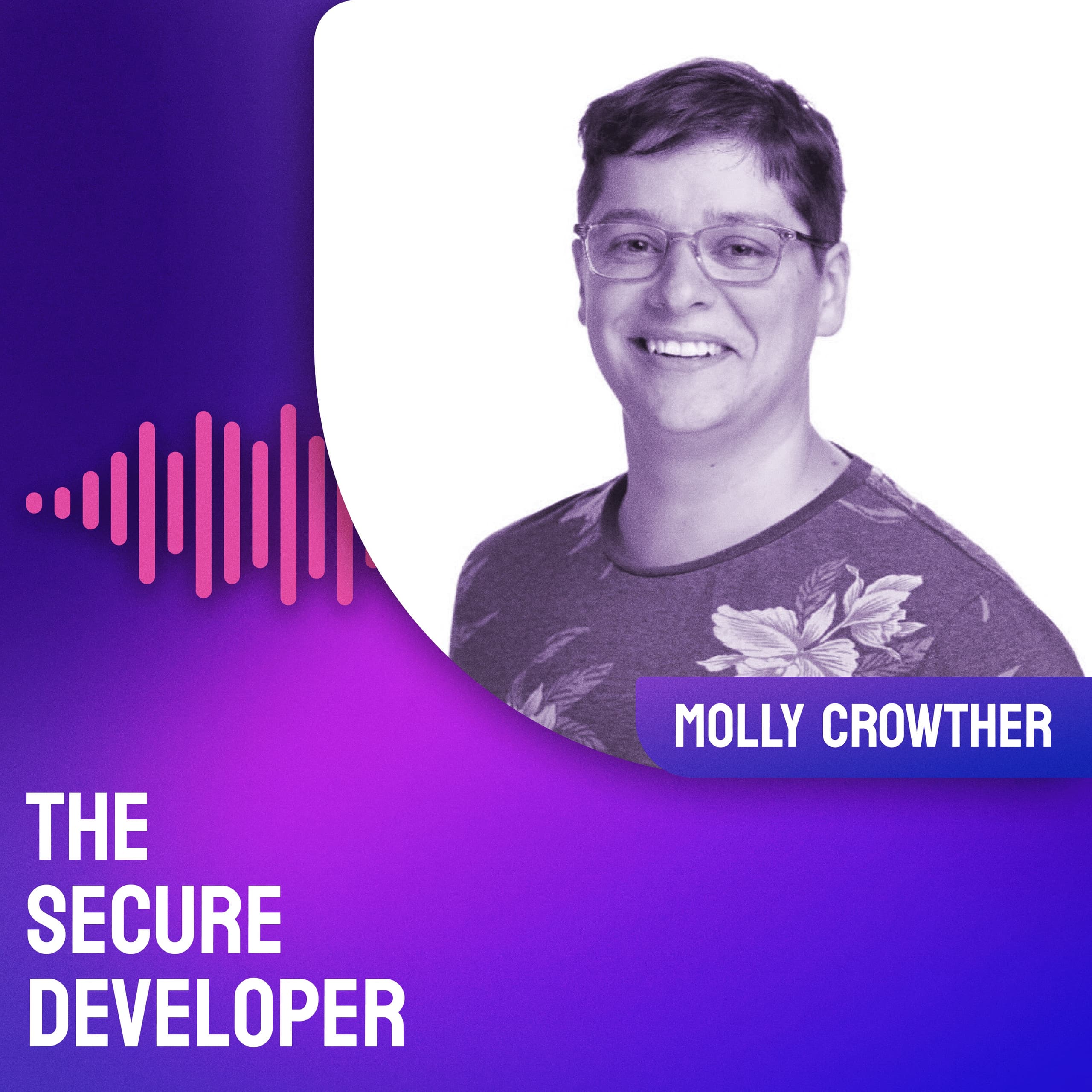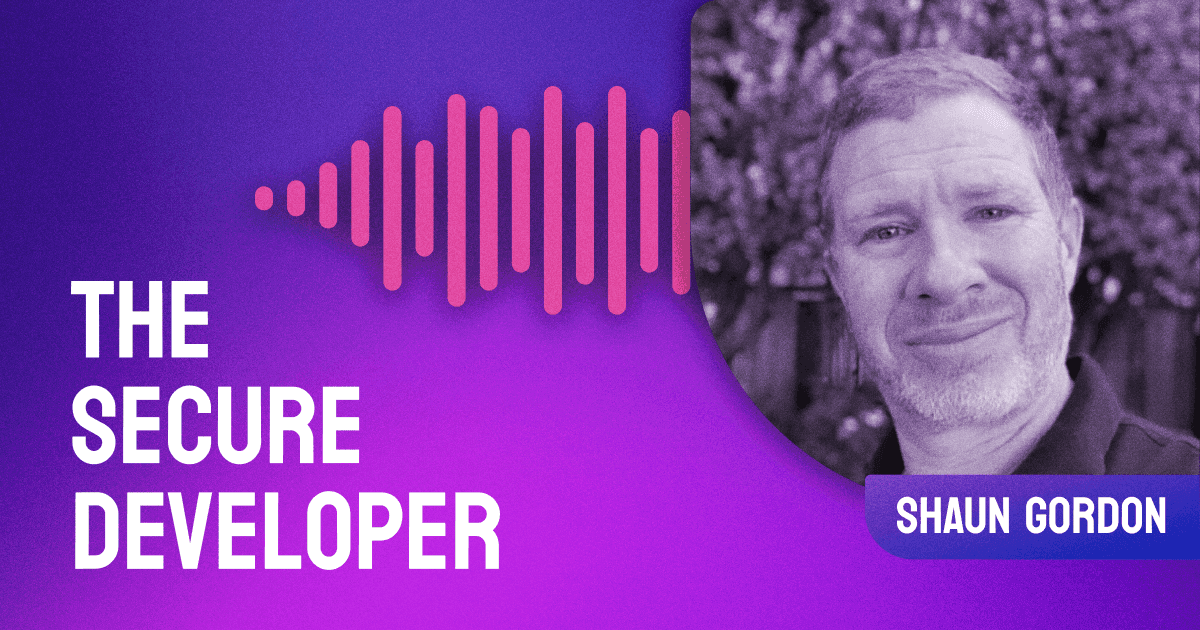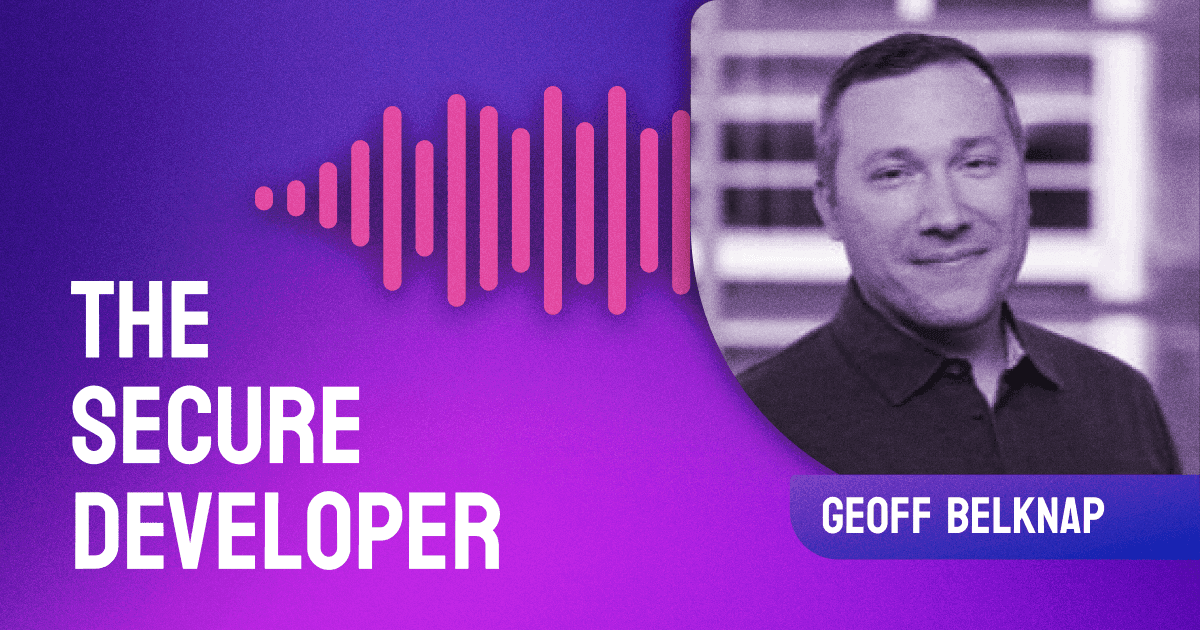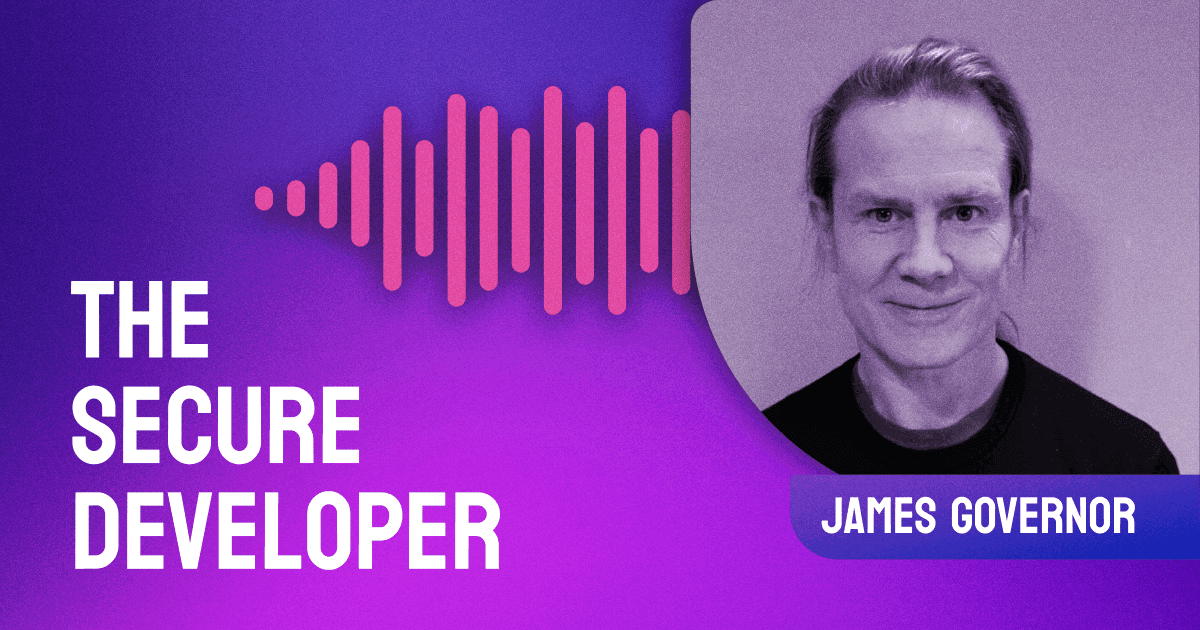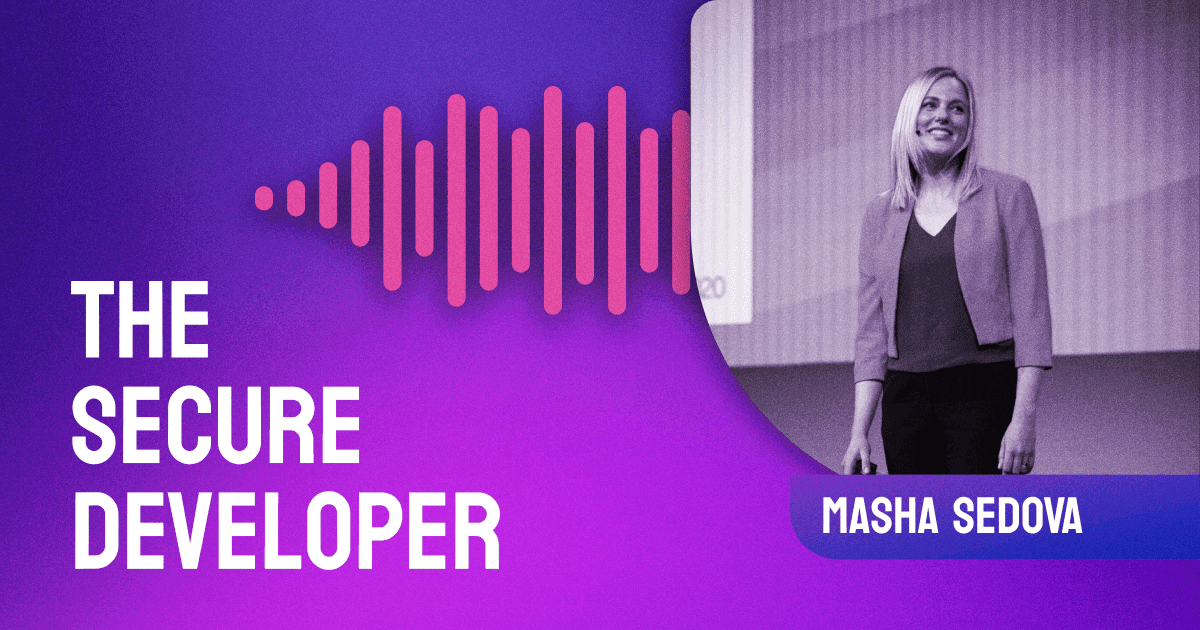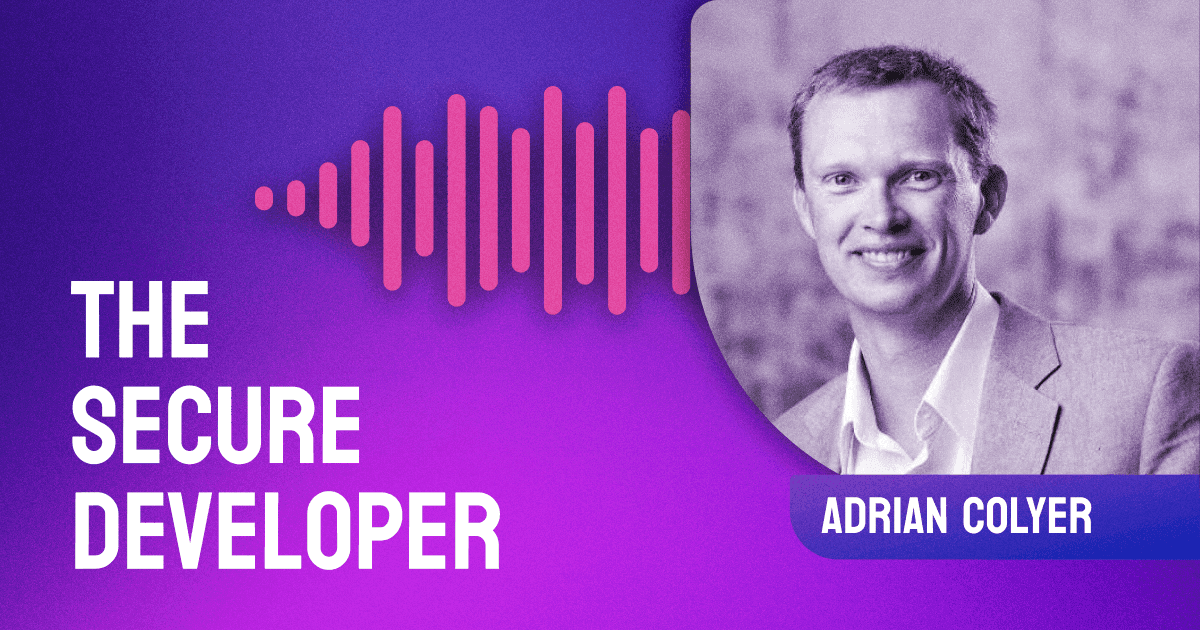In the latest episode of The Secure Developer, Guy is joined by Molly Crowther from Pivotal. Molly discusses her role in managing security at Cloud Foundry, an open source cloud platform on which developers can build, deploy and run applications.
She explains their security triage and CVE process and reveals some of the challenges of working within the large ecosystem of diverse companies that make up the Cloud Foundry Foundation. Molly also talks about how she fulfills her role of wearing many hats as a representative of both Pivotal and the open source foundation.
The post Ep. #12, Keeping Cloud Foundry Secure appeared first on Heavybit.
